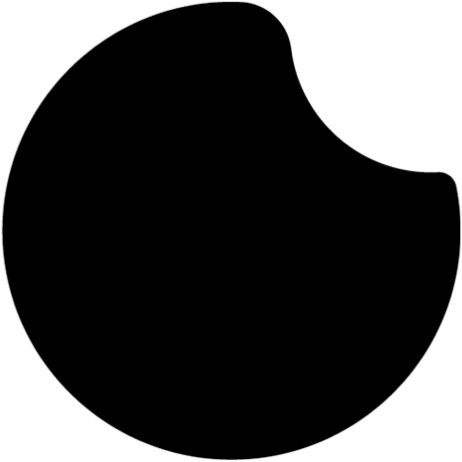Yeast, Kobo 酵母 in Japanese plays a critical role in determining sake quality. Until the early twentieth century, sake was made using naturally occurring yeast. Over the decades, technologies improved and there were more and more practices of purely isolating and selecting yeast from the moromi (醪 main mash) of a brewery that had produced good sake. Many breweries have their own prosperity yeast strains which is discovered and exclusive to them.
Since 1906, yeast selected in this manner has been distributed largely and widely by the Brewing Society of Japan as Kyokai-kobo (協会酵母, Brewing Society yeast). Kyokai-kobo is numbered, and packed in ampules. Currently, the most widely used yeasts are Sake yeast kyokai #6, #7, #9, #10, and #14. Each produces its own aroma and taste characteristics and the specific choice depends on the desired sake quality. More recently, brewers have been utilizing microbial technology to produce yeasts designed to increase the amount of esters delivering a fruity aroma.
After 1990s, numerous yeast strains produced by several prefectures with advanced area of study had appeared in the market such as Shizuoka kobo, Yamagata Kobo, Akita Kobo and Fukushima Kobo.

